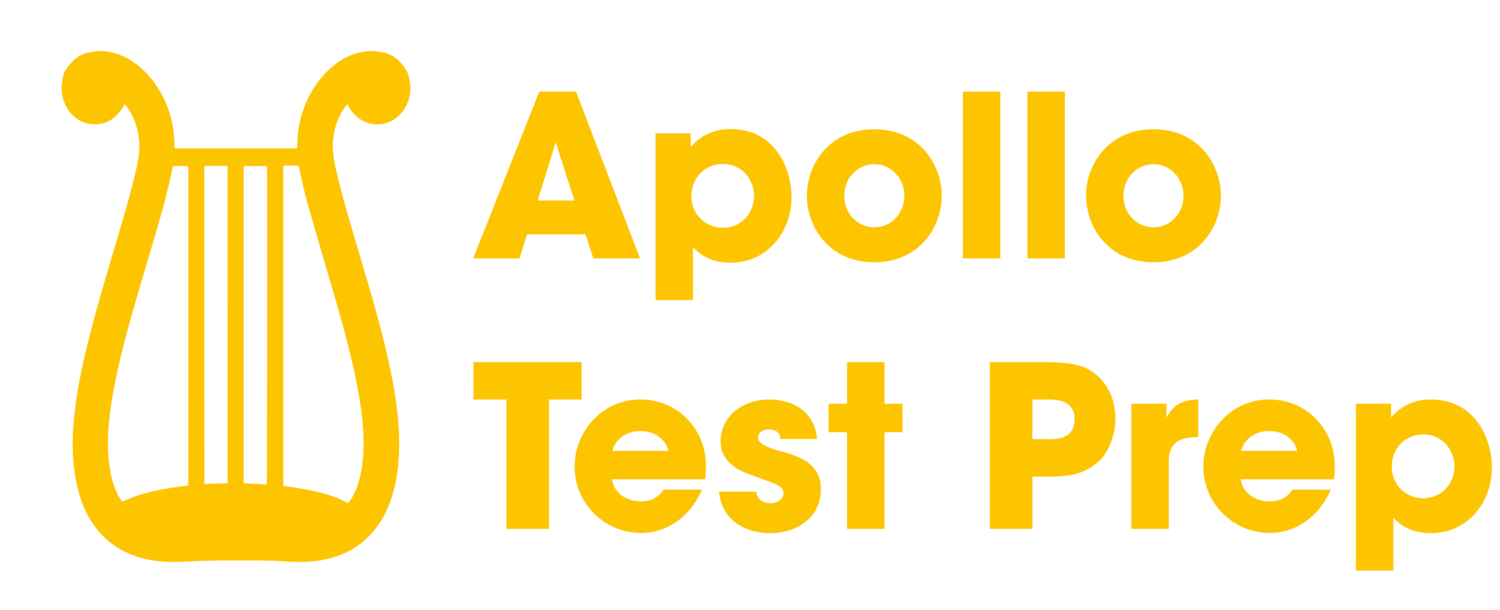LSAT Explanation PT 35, S4, Q9: Moralist: Humans have a natural disposition
LSAT Question Stem
Which one of the following most accurately states the main conclusion of the moralist's argument?
Logical Reasoning Question Type
This is a Main Conclusion question.
Correct Answer
The correct answer to this question is D.
LSAT Question Complete Explanation
Let's start by breaking down the passage and analyzing the argument. The moralist is discussing the relationship between altruism, reason, and moral behavior. We can identify the premises and conclusion in the passage as follows:
Premise 1: Humans have a natural disposition to altruism.
Premise 2: Some acts of altruism do not count as moral because of this disposition.
Premise 3: Reason plays an essential role in any moral behavior.
Premise 4: Only behavior that is intended to be in accordance with a formal set of rules, or moral code, can be considered moral behavior.
Conclusion: Not all altruistic acts are moral behavior.
Now, let's consider a simple example to help illustrate this argument. Imagine a person who sees someone struggling to carry a heavy load and decides to help without thinking about any moral rules. This act is altruistic, but according to the moralist's argument, it may not be considered moral behavior because it wasn't guided by reason or a formal set of rules.
The question type is Main Conclusion, which asks us to identify the statement that most accurately represents the main conclusion of the argument. Let's evaluate each answer choice in detail:
a) All moral codes prohibit selfishness.
This statement might be true, but it doesn't capture the main conclusion of the moralist's argument. The passage doesn't focus on moral codes prohibiting selfishness, but rather on the relationship between altruism, reason, and moral behavior.
b) All moral behavior is motivated by altruism.
This answer choice might seem tempting, but it's not the main conclusion of the argument. The moralist does mention that humans have a natural disposition to altruism, but the focus of the argument is on how not all altruistic acts are moral behavior.
c) Behavior must serve the needs of others in order to be moral behavior.
While this statement is related to altruism, it's not the main conclusion of the moralist's argument. The passage emphasizes that reason and intention to follow a moral code are essential for an act to be considered moral, not just serving the needs of others.
d) Not all altruistic acts are moral behavior. (Correct Answer)
This answer choice accurately captures the main conclusion of the moralist's argument. The moralist argues that even though humans have a natural disposition to altruism, not all altruistic acts count as moral behavior because they might not be guided by reason or a formal set of rules.
e) Altruism develops through the use of reason.
This statement might be related to the role of reason in moral behavior, but it's not the main conclusion of the argument. The moralist doesn't claim that altruism develops through reason; instead, they argue that reason plays an essential role in determining whether an altruistic act is moral behavior.
In summary, the main conclusion of the moralist's argument is that not all altruistic acts are moral behavior, which is accurately represented by answer choice D.
